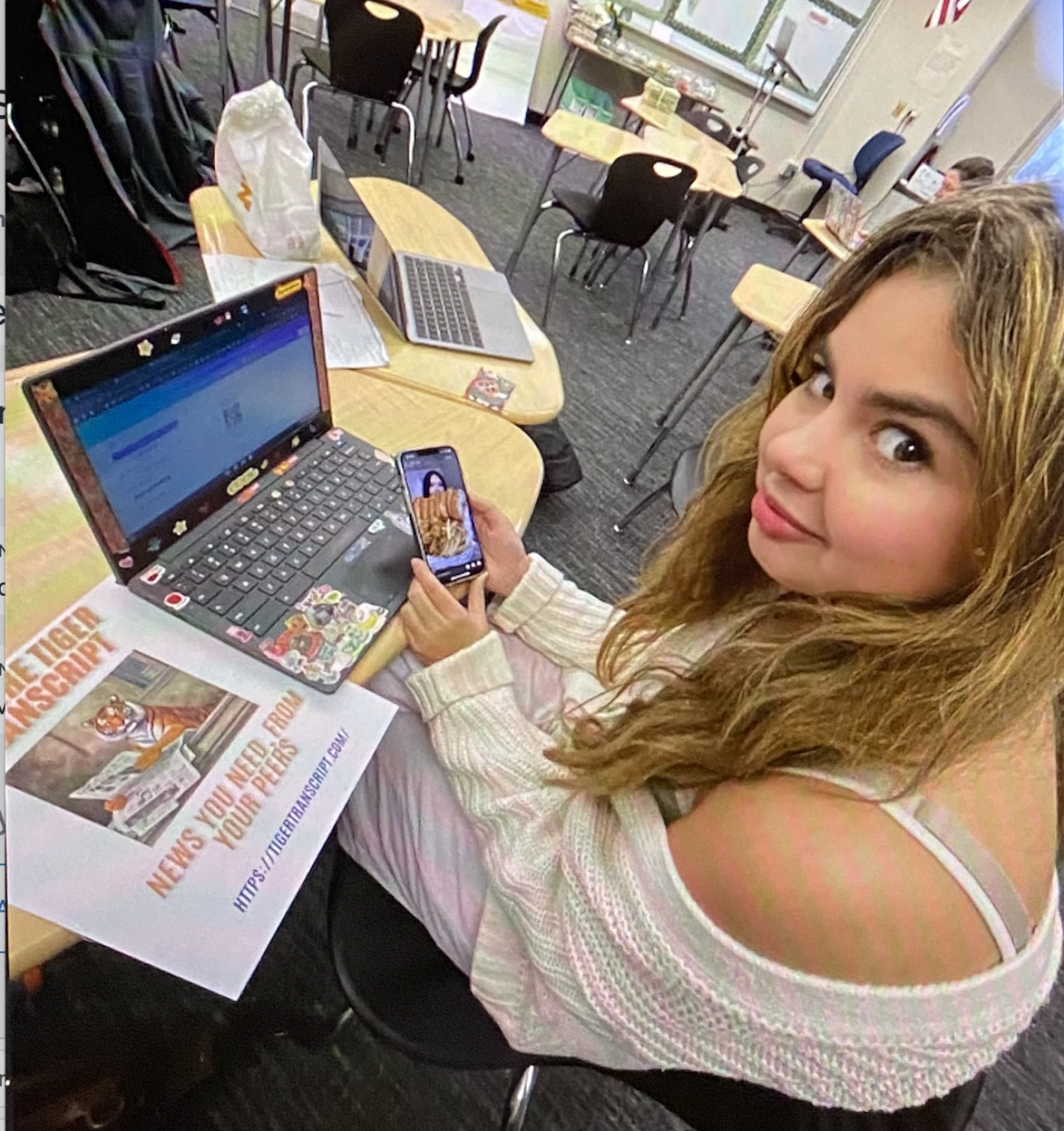
![]() Colleges love to look for strong differences between all the applicants. They look for different passions and interests that show the varying characteristics between high schoolers. This often means that students rely on clubs to help show their skills in leadership and commitment. But is that all clubs offer?
Colleges love to look for strong differences between all the applicants. They look for different passions and interests that show the varying characteristics between high schoolers. This often means that students rely on clubs to help show their skills in leadership and commitment. But is that all clubs offer?
So many different clubs exist. At our high school, we have over 20 clubs ranging from 5 to almost 80 students within each. One of the largest clubs, The Environmental Club, has been around for years and has made a serious impact for not only the environment, but the students as well. Organizing cleanups, getting public speakers, and educating not only students, but the community are all common tasks that the club does each year. But when asked about the biggest impact the club has made, Lori LaFrance, teacher advisor of the club, states that: “It’s not as much on the community as on the students” and that “Many students have gone on to have careers in environmental science,” and it all started in this club. The best part is the growth of the students established in this club, and it’s not all done by Mrs. LaFrance. Ella Niederhelman, David Seaton, Cate Miller, Natalie Whitten, and Landry Garland are co presidents for the club. They take this job very seriously, with Lafrance admitting: “[she] doesn’t have to do much.” The presidents all have one common goal in mind: educating others and helping the environment. Despite the ease of her job, Lafrance has brought great things to our school receiving the Green Ribbon award and the Precedence Innovation Award for environmental educators. This only inspires even more students to achieve environmental excellence.
 Some clubs shape the mind, while others shape the soul. Another club at the high school is 40% club, which aims to spread mental health awareness around the school. They reach out to students, helping them know they are not alone; this small act “provides support for students,” says club president Tess O’Flynn. The club tries to meet bi weekly and they often brainstorm to come up with different ways to reach out to students. This body of students not only benefits the mental health of others, but the club members get to better themselves by supporting others.
Some clubs shape the mind, while others shape the soul. Another club at the high school is 40% club, which aims to spread mental health awareness around the school. They reach out to students, helping them know they are not alone; this small act “provides support for students,” says club president Tess O’Flynn. The club tries to meet bi weekly and they often brainstorm to come up with different ways to reach out to students. This body of students not only benefits the mental health of others, but the club members get to better themselves by supporting others.
Similarly, Pure Pals Club supports students in the SAIL (Students Achieving Independent Studies) program by collaborating with members to connect those students to the school. Within this club, collaboration skills develop and empathy grows as you get to know students who you might not have classes with. As two year club president, Ella Niederhelman says students benefit by being able to “see beyond different sides of the high school” and “mature as a person.”
While many actively participate in the clubs they belong in, others do not. While being president of two varying clubs, Niederhelman says they have a group of regularly participating students, and then a group who doesn’t show up to meetings but expects their distinguished achievement paper to be signed off for the club. For many, clubs are just another checklist item for college applications. But Niederhelman disagrees, saying: “If you’re putting it down on a resume, you w ant to have experiences you’ve taken away from it.” Clubs have a lot to offer. According to The National Center for Education Statistics, studies have shown that extracurriculars, like clubs “offer students the opportunity to apply academic skills in a real-world context.”
ant to have experiences you’ve taken away from it.” Clubs have a lot to offer. According to The National Center for Education Statistics, studies have shown that extracurriculars, like clubs “offer students the opportunity to apply academic skills in a real-world context.”
So why should people join clubs? Yes, your extracurricular involvement is one of the ways that colleges and universities get to see who you are, but at the end of the day, clubs offer an opportunity to develop as a person and hone your skills that can better not only academic success but also individual growth.

